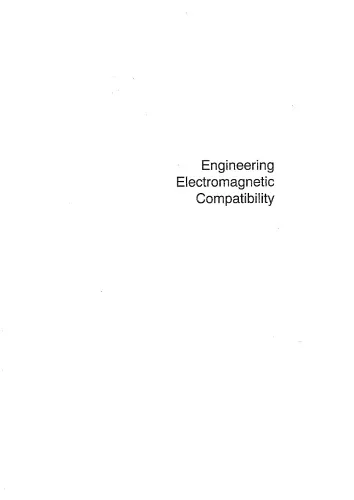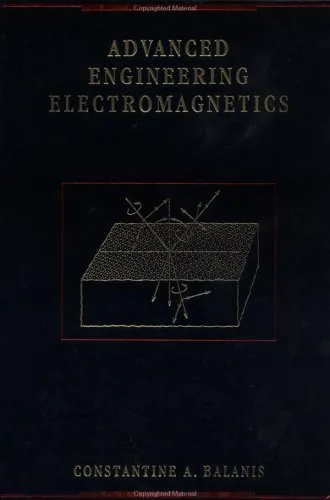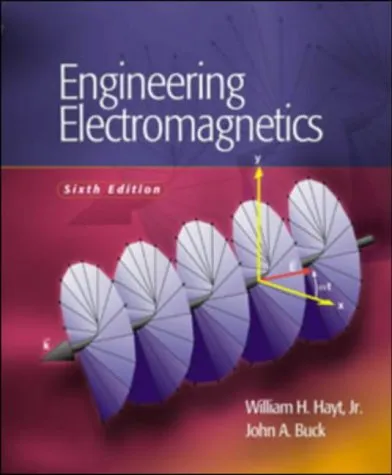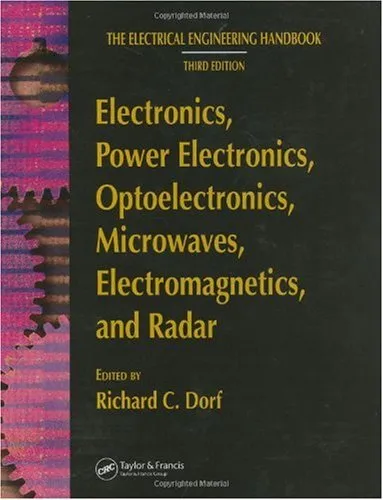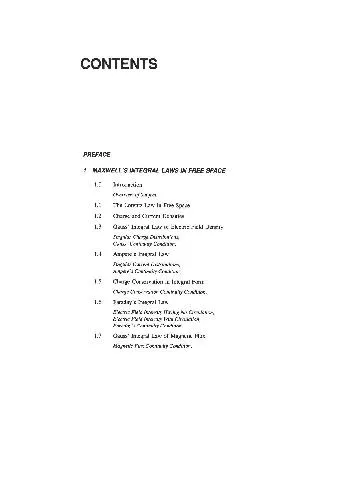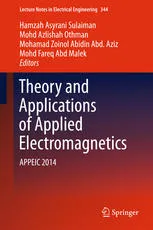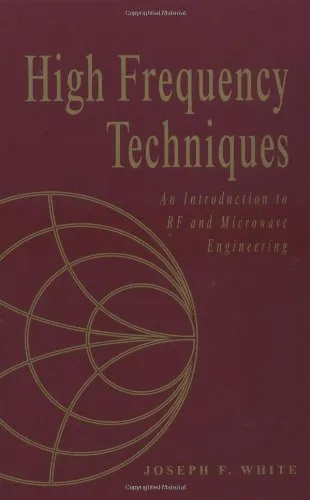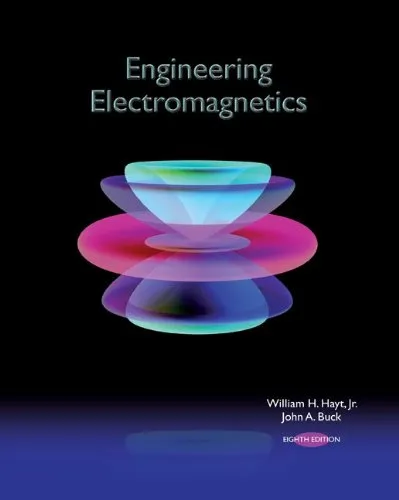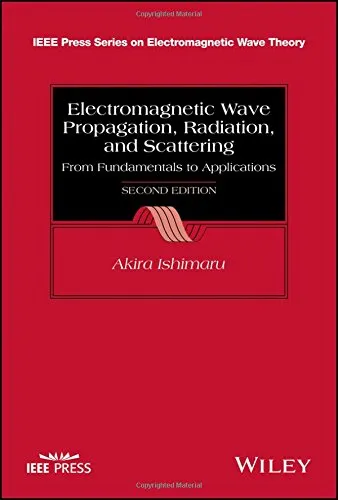Engineering Electromagnetic Compatibility: Principles, Measurements, and Technologies
4.6
Reviews from our users

You Can Ask your questions from this book's AI after Login
Each download or ask from book AI costs 2 points. To earn more free points, please visit the Points Guide Page and complete some valuable actions.Related Refrences:
Introduction to "Engineering Electromagnetic Compatibility: Principles, Measurements, and Technologies"
Electromagnetic Compatibility (EMC) plays a crucial role in modern engineering, ensuring that various devices and systems can operate without causing or suffering from electromagnetic interference (EMI). My book, "Engineering Electromagnetic Compatibility: Principles, Measurements, and Technologies", serves as a comprehensive guide for professionals, students, and researchers in understanding and applying EMC principles effectively in real-world scenarios. Designed as both a textbook and a reference manual, this work demystifies the complex concepts behind electromagnetic interference, its mitigation techniques, and the regulatory frameworks governing its control.
In today's interconnected world, where the density of electronic systems is ever-increasing, EMC is foundational for the reliability and safety of technological infrastructure. This book covers every facet of the subject, from theoretical underpinnings to practical design considerations, allowing readers to bridge the gap between education and application.
Detailed Summary of the Book
This book is divided into several carefully structured chapters, each addressing a key aspect of electromagnetic compatibility. Readers are introduced to foundational concepts such as electromagnetic fields, wave propagation, and coupling mechanisms. Moving forward, the text delves into standards and regulatory requirements, providing a solid understanding of global EMC compliance frameworks such as those from CISPR, FCC, and IEC.
The next sections focus on EMI sources and classification, exploring noise generation, radiated and conducted emissions, and susceptibility vulnerabilities in great detail. Readers learn about cost-effective, practical tactics for mitigating EMI, such as shielding, grounding, and filtering techniques, complete with relevant mathematical models and design guidelines.
The latter half of the book emphasizes EMC measurement techniques, sensor design, and instrumentation. Real-world case studies highlight how design flaws in industries like aerospace, automotive, telecommunications, and consumer electronics can lead to EMC violations, and how to address such issues during product development.
The book concludes with advanced topics, including high-frequency EMC, electromagnetic pulse threats (such as lightning and EMP), and emerging trends, ensuring readers receive a forward-looking perspective applicable to tomorrow's challenges.
Key Takeaways
- Grasp the fundamental principles of electromagnetic compatibility and interference.
- Understand global standards and compliance frameworks for EMC.
- Learn effective techniques for mitigating EMI, such as grounding, shielding, and filtering.
- Master EMC measurement techniques using modern instrumentation and tools.
- Apply EMC knowledge to various industries, including automotive, aerospace, and telecommunications.
- Prepare for emerging challenges such as high-frequency interference and EMP threats.
This book is designed to transform both novice engineers and seasoned professionals into skilled practitioners of EMC solutions, bridging the divide between theoretical knowledge and hands-on experience.
Famous Quotes from the Book
"Electromagnetic compatibility is not a feature—it is a fundamental requirement for the sustainability of modern technology."
"The cost of failing to design for electromagnetic compatibility is far greater than the cost of getting it right the first time."
"EMC demands a holistic approach: from the circuit board to the system level, every component matters."
These quotes encapsulate the importance of systems thinking, preventative design strategies, and the pivotal role of EMC in engineering innovation.
Why This Book Matters
The growing complexity of electronic devices, interconnected systems, and the global nature of manufacturing has made EMC more critical than ever. This book equips engineers and professionals with the tools they need to address EMC challenges efficiently, ensuring compliance, reducing time-to-market, and avoiding costly errors or recalls.
Whether you are a seasoned professional designing intricate systems or a student delving into EMC for the first time, this book provides actionable insights and a thorough understanding of the underlying principles. The inclusion of real-world case studies, practical examples, and up-to-date information further enhances the book's relevance in solving today's engineering problems.
The rapid pace of technological advancement necessitates a robust knowledge of EMC principles to enable innovation while maintaining harmony in electromagnetic environments. This is why "Engineering Electromagnetic Compatibility: Principles, Measurements, and Technologies" is not just another engineering book—it is a cornerstone resource for building reliable, efficient, and compliant systems.
Free Direct Download
You Can Download this book after Login
Accessing books through legal platforms and public libraries not only supports the rights of authors and publishers but also contributes to the sustainability of reading culture. Before downloading, please take a moment to consider these options.
Find this book on other platforms:
WorldCat helps you find books in libraries worldwide.
See ratings, reviews, and discussions on Goodreads.
Find and buy rare or used books on AbeBooks.
1268
بازدید4.6
امتیاز0
نظر98%
رضایتReviews:
4.6
Based on 0 users review
Questions & Answers
Ask questions about this book or help others by answering
No questions yet. Be the first to ask!
